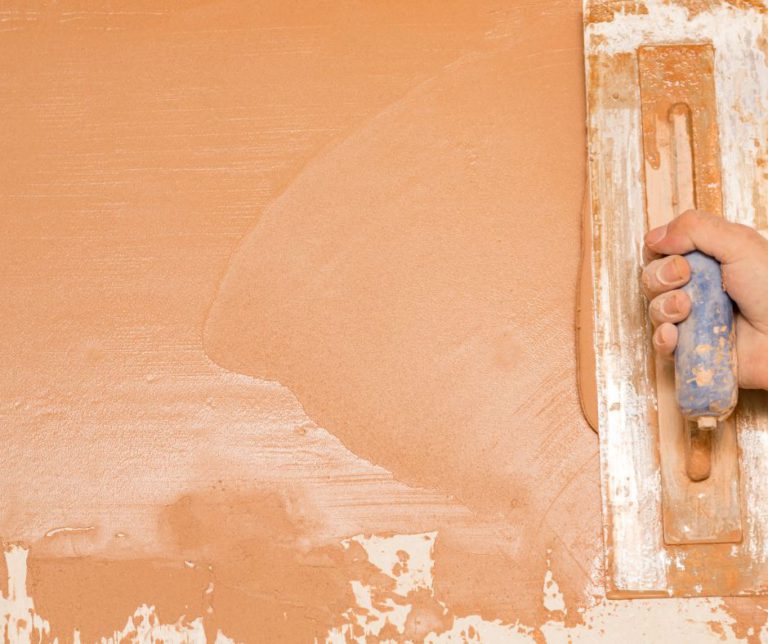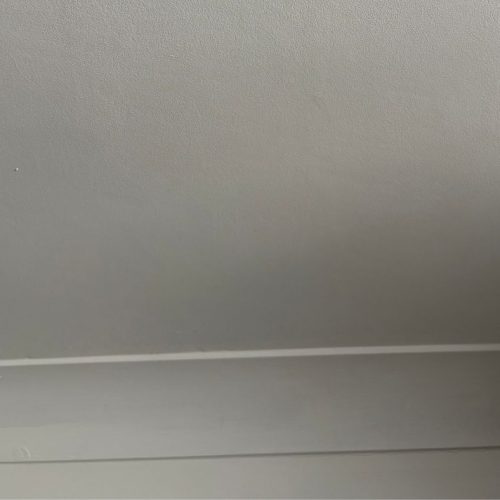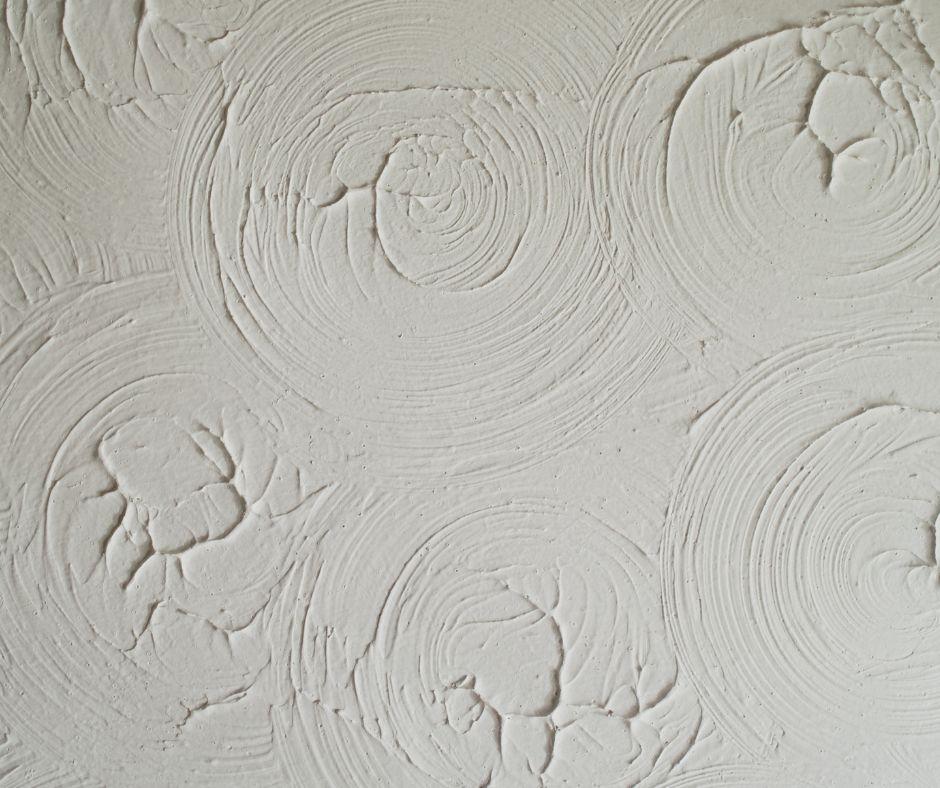If you’re dealing with outdated artex ceilings and want a fresh, smooth finish, you’re not alone. Many UK homes still have artex—a textured ceiling style popular in the ‘70s and ‘80s. But tastes have changed, and most homeowners now want it gone.
The good news is, in many cases, you can simply plaster over artex to achieve a modern look—without costly removal. In this comprehensive guide, we’ll cover when skimming is safe, when asbestos testing is needed, and how to get the best results.
Table of Contents
What Is Artex?
Artex is a decorative finish that creates a textured pattern on ceilings or walls. Common patterns include swirls, stipples, and fan shapes. While once fashionable, it’s now widely seen as dated and hard to clean or paint.
Artex installed before 1999 may contain asbestos which is a key reason homeowners should not disturb it. If you’re unsure, it’s best to arrange testing or review this guidance on artex and asbestos to understand the potential risks.
Can You Plaster Over Artex Safely?
Yes—you can plaster over artex ceilings in most cases. This is something we at P3 Plastering do regularly. Our team is asbestos-awareness trained, and we’ve helped many homeowners safely upgrade their ceilings without messy or expensive removals.
When Skimming Over Artex Works Well:
- The artex is securely bonded and not flaking.
- The pattern is light to moderately textured.
- The goal is to seal and smooth, not remove.
In these scenarios, skimming with a couple of coats of plaster will safely encapsulate the artex underneath.
Curious if it’s time to upgrade more than just the ceiling? See the common signs you need to replaster your walls or ceilings.
When You Should Consider Testing or Removal:
- The artex is very thick, with high peaks that would show through a skim coat. These may need scraping down first.
- The coating is loose, damaged, or delaminating—a sign that removal may be necessary.
- You don’t know when the artex was applied, and the condition means you might disturb it during prep.
In these cases, we recommend professional asbestos testing before starting any work. This ensures safety for everyone involved.
At P3 Plastering, we can arrange asbestos testing when required and will always advise you honestly based on your ceiling’s condition.
The Process: How to Plaster Over Artex

Here’s a breakdown of how we typically approach plastering over artex:
1. Inspection & Testing (If Needed)
We assess the condition of the artex and determine if scraping, sealing, or testing is needed.
2. Surface Preparation
- We clean the ceiling to remove dust and cobwebs.
- For heavy textures, we may gently scrape the peaks to reduce height — but only if we’ve confirmed that the artex does not contain asbestos. If the artex is older and untested, we always recommend asbestos testing first before any surface preparation that could disturb the material.
- We apply a bonding agent like PVA or Blue Grit to promote adhesion.
3. First Skim Coat
A base coat of finishing plaster is applied to fill the texture. We use high-quality tools and materials for an even result.
4. Second Coat & Troweling
We apply a smooth top coat and begin the troweling process to level, polish, and refine the finish.
5. Drying & Decorating
Plaster dries within 3–5 days depending on conditions. After that, you can decorate to your style.
Alternatives to Plastering Over Artex
While skimming is our most popular method, some projects may benefit from other approaches:
- Overboarding: Installing plasterboard over the artex, then plastering. Ideal for large rooms or ceilings in poor condition.
- Complete Removal: Requires more time and potential asbestos involvement but may be best when artex is extensively damaged or improperly applied.
Tools and Materials We Use
At P3 Plastering, we only use premium products from trusted brands, including:
- British Gypsum Thistle MultiFinish
- Blue Grit or PVA for bonding
- Professional plastering tools
These ensure long-lasting results and high-quality finishes.
FAQ: Plastering Over Artex
Can I plaster over artex myself?
DIY is possible for experienced hands, but poor technique can lead to cracking or uneven results. For most people, hiring a professional is safer and more effective.
Is it dangerous to plaster over asbestos artex?
Not if the surface is undisturbed and sealed in. The risk comes from disturbing asbestos fibres, which is why testing is essential before scraping or sanding.
How much does it cost to plaster over artex?
On average:
- Small room (e.g., bathroom): £200–£350
- Medium room: £350–£500
- Whole house: From £1,500+
How long does it take?
Most ceilings take 1–2 days to complete, including preparation, plastering, and cleanup.
Disclaimer: The information in this article is for general guidance only. If your artex ceiling was installed before 1999 or is in poor condition, we strongly recommend professional asbestos testing before attempting any work. Always follow official UK government and health and safety guidance, and never disturb potential asbestos-containing materials without proper assessment.
If you’re unsure how to choose the right tradesperson, our guide on how to find a good plasterer can help you avoid costly mistakes.
Why Choose P3 Plastering?
We’re trusted by homeowners throughout Sheffield and South Yorkshire for good reason:
- ✅ Asbestos-awareness trained
- ✅ Over 40 years of plastering experience
- ✅ Fully insured and highly reviewed
- ✅ Transparent quotes and no hidden fees
For more details, visit our full range of plastering services to see how we can help modernise your home or contact us to discuss your project.
📞 Ready to Modernise Your Ceilings?
At P3 Plastering, we make it easy to plaster over artex and get a clean, updated look. Whether you need one ceiling skimmed or the whole house modernised, we offer professional service, competitive pricing, and complete peace of mind.
👉 Contact us today for a free quote and friendly advice.







